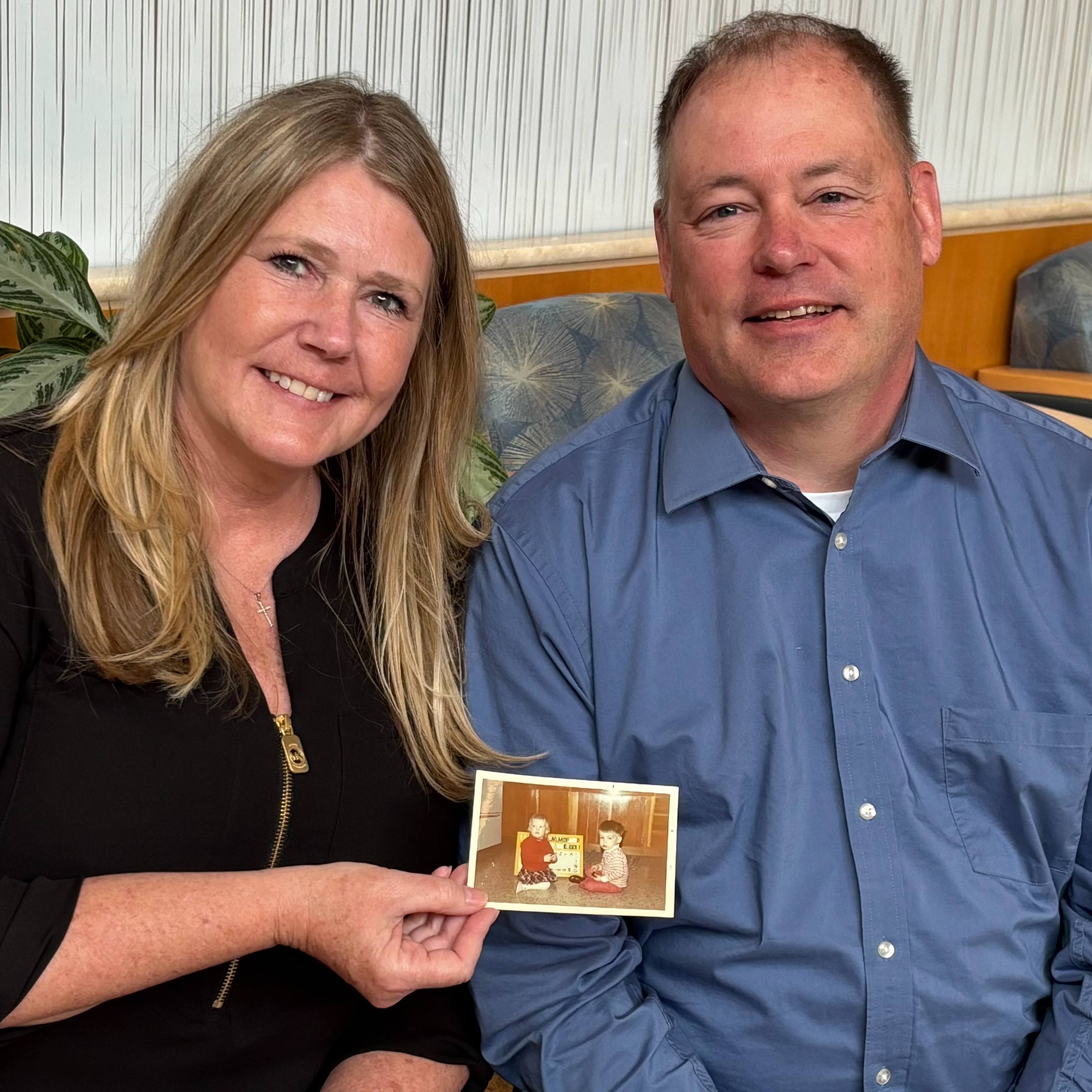-
Mayo Clinic Q and A: Year-round treatment for SAD recommended in some cases

DEAR MAYO CLINIC: Is seasonal affective disorder considered depression? If so, should I be treated for it year-round even though it comes and goes?
ANSWER: Seasonal affective disorder, or SAD, is a form of depression. Year-round treatment with medication for SAD may be recommended in some cases. But research has shown that for many people with a history of SAD, treatment with a light box beginning in early fall can be useful in preventing SAD. Medication starting at that time may be helpful, too.
SAD is a type of depression that primarily affects people during the fall and winter months. The lower levels of sunlight in the winter and fall, particularly in locations farther from the equator, can disturb your internal clock. This disruption may lead to feelings of depression. The change in seasons also can influence your body’s melatonin and serotonin — natural substances that play a role in sleep timing and mood. When combined, these factors may lead to SAD.
SAD is more than just feeling blue as the days get shorter or having the doldrums during January. Instead, it involves persistent, pervasive symptoms of depression during wintertime. Those symptoms may include feeling sad, angry or easily irritable most of the day nearly every day; lack of interest in activities you usually enjoy; difficulty concentrating; persistent tiredness; lack of energy; and, in some cases, feeling that life isn’t worth living or having suicidal thoughts.
People with SAD often feel the need to sleep considerably more than usual. SAD generally causes people to want to eat more, too, and they often gain weight. Carbohydrate cravings are common. SAD symptoms may get worse as winter progresses. By definition, the symptoms fade as daylight lengthens during springtime.
Effective treatments for SAD are available. Light box therapy is particularly useful. Light boxes mimic outdoor light but should filter out harmful broad-spectrum ultraviolet light. The most common prescription is 30 minutes of light box use at the beginning of every morning, with the box about 24 inches away. But the intensity of the light determines how far you should sit away, so be sure to check the manufacturer’s instructions. The intensity of the light box is recorded in lux: a measure of the amount of light you receive at a specific distance from a light source. The recommended intensity of the light typically is 10,000 lux.
Many people use light boxes while getting ready for the day, reading the paper or having breakfast. Again, starting light box therapy in early autumn may help to prevent SAD from developing during the winter months. If you have past or current eye problems such as glaucoma or cataracts, talk to your ophthalmologist before starting light therapy.
Medication also may be part of treatment for SAD. The antidepressant medication bupropion is FDA approved for the prevention of SAD. Other antidepressant medications may be effective, as well. These medications can be very helpful for people who have a pattern of SAD and who know that they are predisposed to developing it. If you’ve had SAD in the past, starting to take medication in early fall before the days get significantly shorter may prevent SAD symptoms or, if symptoms do appear, it can reduce their length and severity.
There are some self-care steps you can take all year long that may help reduce your risk of SAD, too. They include exercising regularly, maintaining healthy sleep habits and a predictable sleep/wake cycle, eating a healthy diet and limiting the amount of sugary foods you eat.
In addition, going outside on sunny days can make a difference. In the winter when snow is on the ground, clear days can be brilliantly bright. Exposure to that natural sunlight can help ease SAD. Psychotherapy has recently been found to be effective for SAD as well. The treatment that has shown the most success for prevention and treatment is Cognitive Behavioral Therapy for SAD, or CBT-SAD.
If you’ve been diagnosed with SAD in the past, or you suspect you have it, talk to your doctor about prevention and treatment options. Even if SAD can’t always be prevented, there are treatments available that can help you successfully manage your symptoms and make the winter months easier to take. — William Leasure, M.D., Psychiatry and Psychology, Mayo Clinic, Rochester, Minn.







